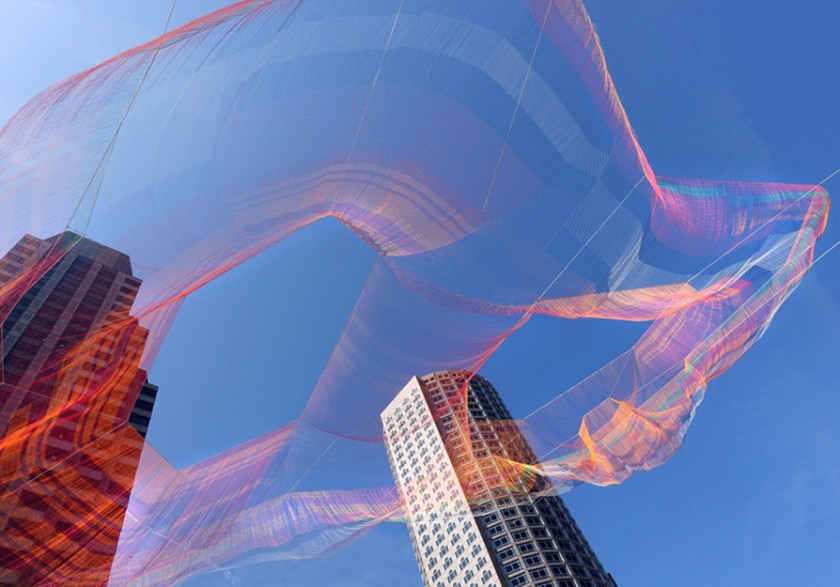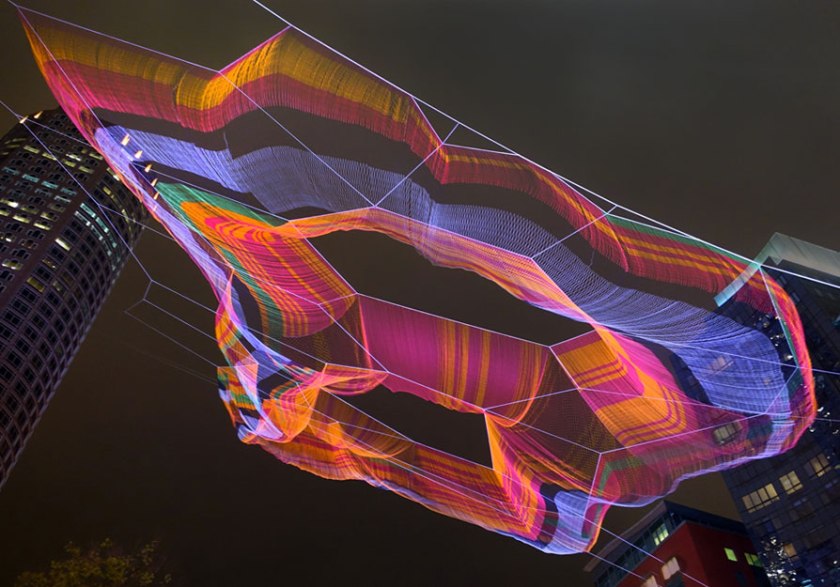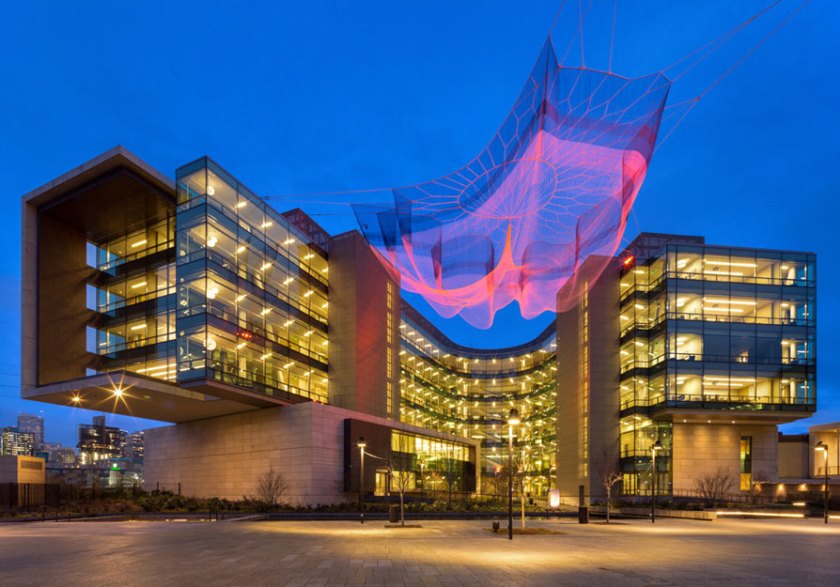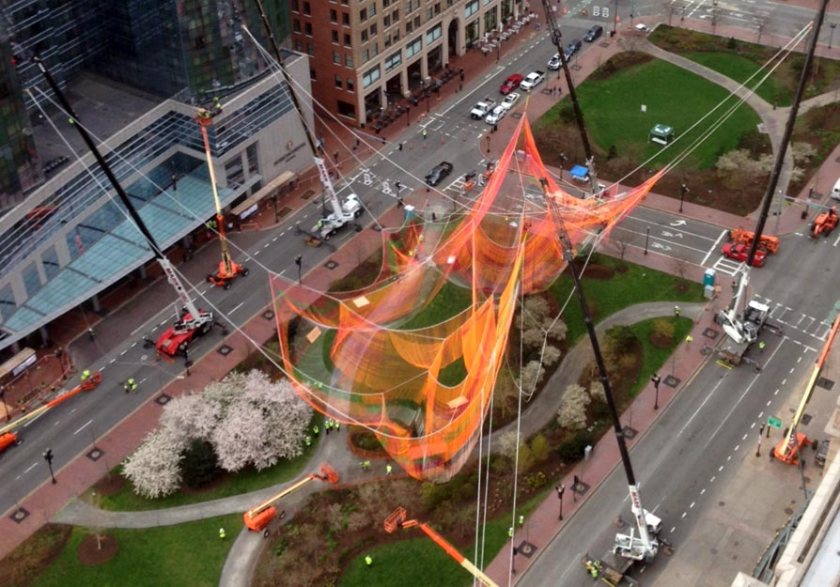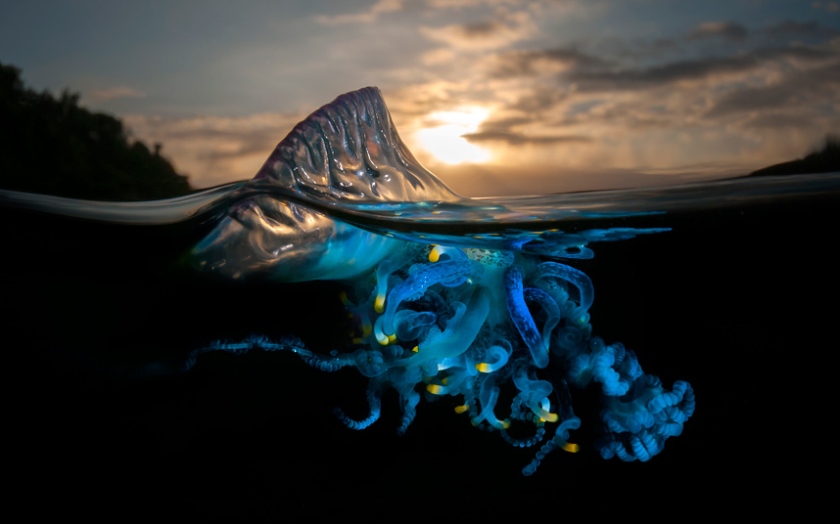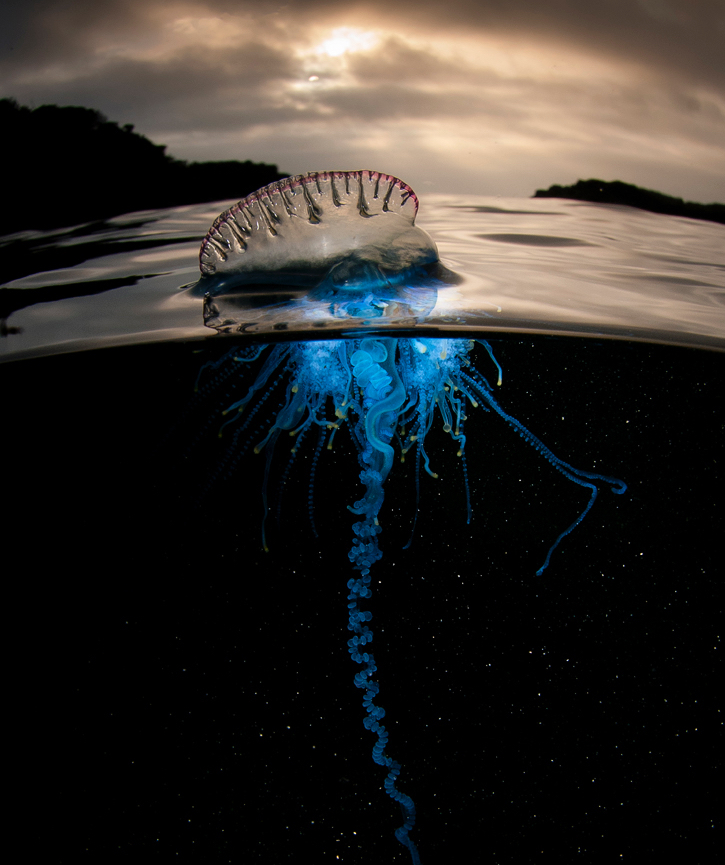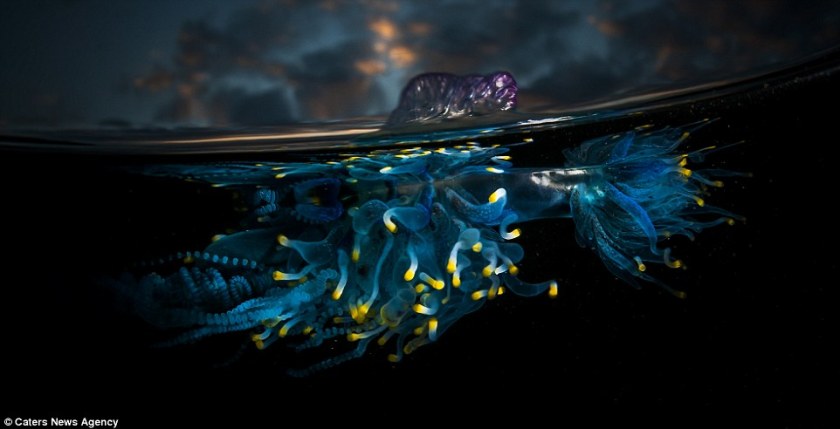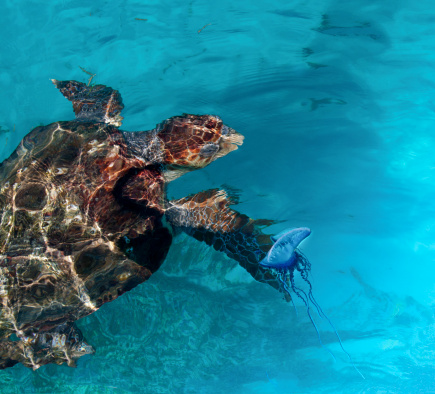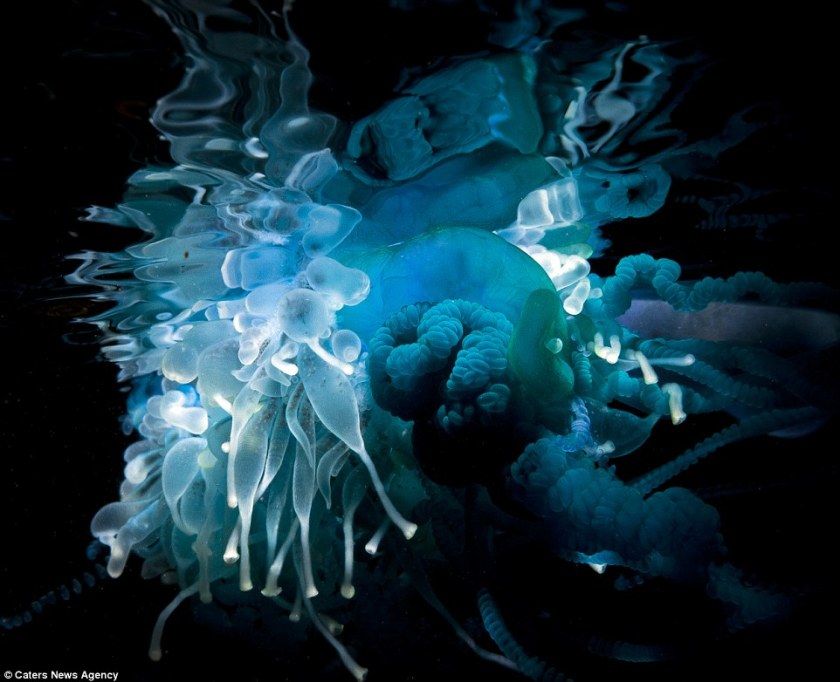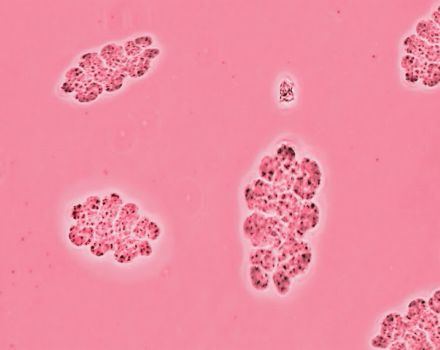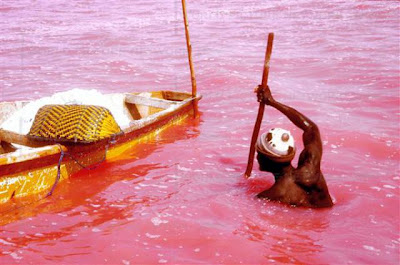
To celebrate the 20thanniversary of the Emerald Necklace Conservancy Japanese artist Fujiko Nakaya will exhibit five fog works along the historic urban parks that link more than a dozen Boston neighborhoods.

Nakaya is the daughter of the physicist and science essayist Ukichiro Nakaya, renowned for his work in glaciology and snow crystal photography. Like her father, Ms. Nakaya’s lifelong artistic investigation engages the element of water and instills a sense of wonder in everyday weather phenomena.
Working as part of the legendary group Experiments in Art and Technology (E.A.T.), she first enshrouded the Pepsi Pavilion at the 1970 World Exposition in Osaka in vaporous fog, becoming the first artist to create a sculptural fog environment.

For the last forty years Nakaya has been partnering with Thomas Mee, a Los Angeles-based engineer. Mee figured out a system for generating water-based artificial fog. To make it work the installation uses a special fog system that included high-pressure pumps and specifically designed fog nozzles. Several outside factors, like wind conditions, temperature and relative humidity in the environment, determined how intense or thick the fog would be at any given time.
Nakaya has established many other fog installations at galleries worldwide, including the Australian National Gallery, Canberra and the Guggenheim Museum Bilbao, Spain.

Here are two views of the Cloud Parking by Nakaya located in Linz, Australia – by day and at night:


Veil: The Glass House fog installation by Fujiko Nakaya in New Canaan, Connecticut Photo: theglasshouse.org
In Veil – shown above, Nakaya has wrapped the Glass House or Johnson House in a veil of dense mist that comes and goes. For approximately 10 to 15 minutes each hour, the Glass House will appear to vanish, only to return as the fog dissipates. Inside the structure, the sense of being outdoors will be temporarily suspended during the misty spells.
The 85-year-old artist describes her work as a “conversation with nature,” creating shape-shifting, cloud-like, pure water forms that rhythmically appear and dissipate, inviting visitors to immerse themselves in the art while experiencing the landscape anew.








